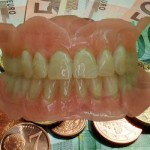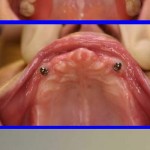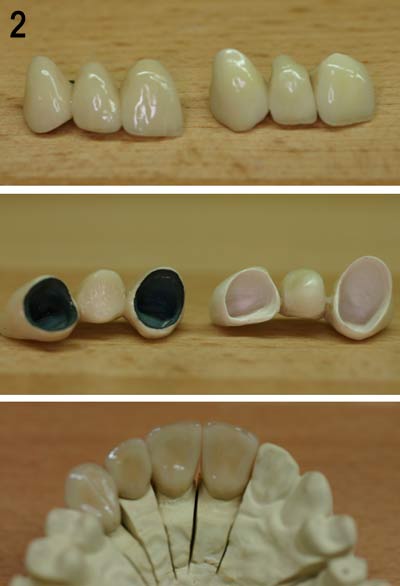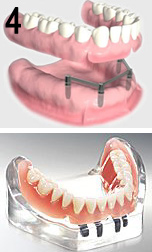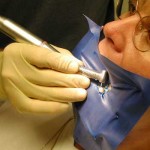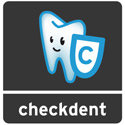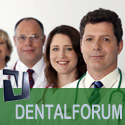Costs of a denture
–
A lot of people wonder how much a denture costs, but that is not an easy question.
–
–
–
–
Denture costs consist of those factors: (sequentially downward):
- the way of provision itself (bone/mucous membrane supported; fixed/removable;…)
- provision effort (one dentist performs several dental impressions intermediate steps, another dentist performs less…)
- who did the provision and where was it done. (the professor in a noble district charges more than a country dentist – by same quality)
- the used tooth materials
Please see tips further below!
–
Here you see a tough cost overview-starting with the most expensive:
 fixed dentures
fixed dentures
partial removable dentures
removable bone supported
removable mucous membrane supported-implant protected
removable mucous membrane supported with clasp tooth crowns /attachments/bridge solutions
removable mucous membrane supported with clasps and clasp tooth crowns
removable mucous membrane supported with clasps without clasp tooth crowns
full denture
–
Particular points in detail:
–
Ad 1
Think about an adequate solution for you. If you are over 70 it does not have to be a fixed version, with a denture supported by bones you are also able to bite well, without spending lots of money. According to the tooth left, a removable denture supported by mucous membrane with clasps and clasp tooth crowns instead of a denture removable supported by mucous membrane with clasps/attachments/bridge solutions is sufficient
If you are a heavy smoker, a dental bridge is preferable to an implant
A good dentist talks to you about costs and does not automatically suggest the most expensive solution .
–
Ad 2
A lot of effort does not always necessarily mean quality. Try to find a well balance whilst you are watching the dentist´s steps so you can have a good feeling about this. If there are too many mistakes made get a second opinion.
–
Ad 3
Compare several offers, a dentist should explain the differences to you-does the explanations make sense to you? If you have the feeling your dentist contradict himself, please listen to your gut instinct-it never fools you!
–
Ad4
It does not have to be noble metals- Well agreeable organic alloys are as good as gold, but cheaper (furthermore a gold ceramic crown is a gold alloy and no pure gold) Everything is organic agreeable throughout the market and industrial countries-all materials pass through a strict testing procedure!
More on this on checkdent.com-the dental dictionary!
–

